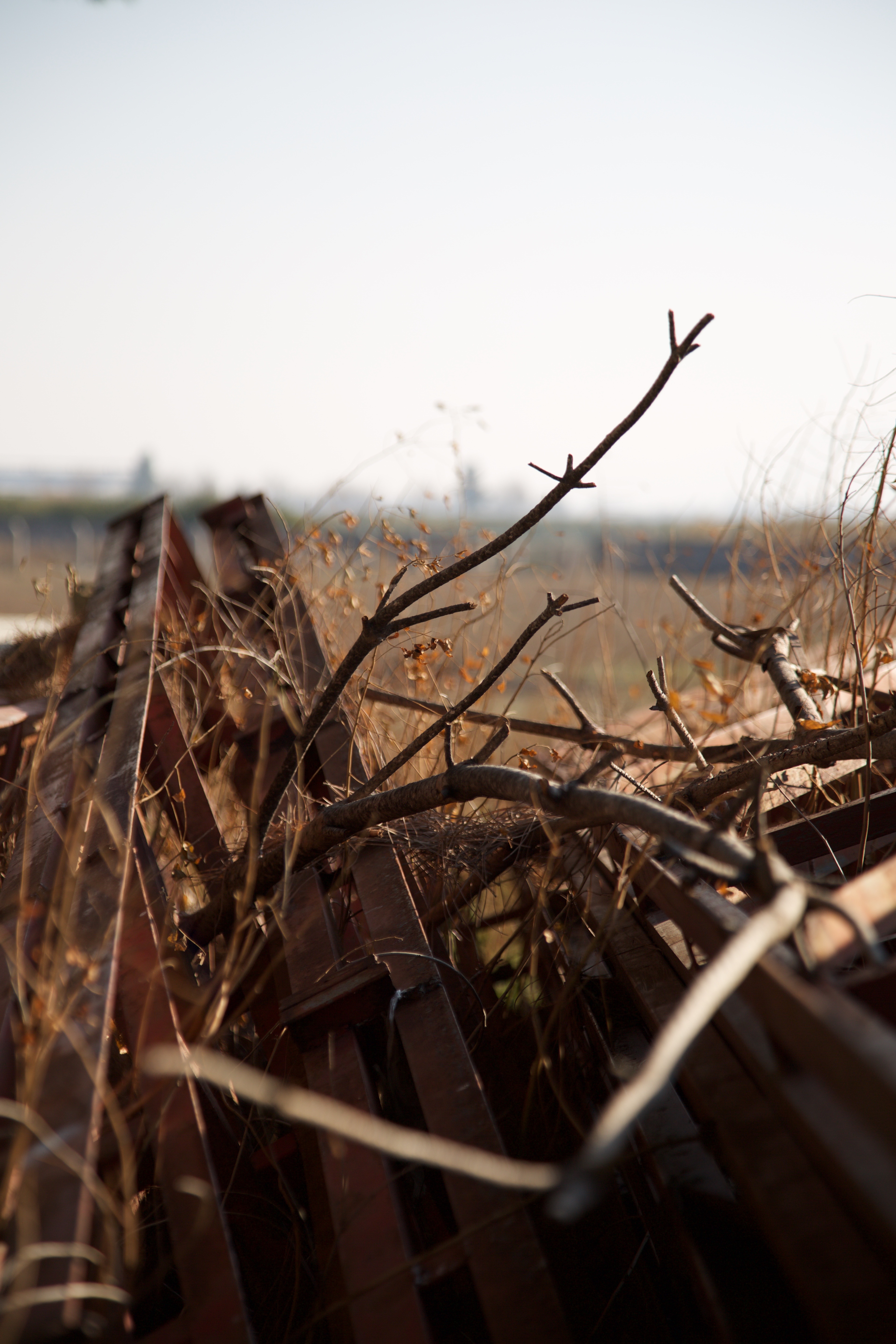Considering the Long Life Design Criteria, the most important aspects of a design piece for me are function, manufacturing, repair and its overall look, design. This ten step criteria is basically a way of summarizing some key points that a design should have in order to have a longer life both in the market and through out the history. Having a logical and objective look at a design keeps things organized and more structural. By judging a design about whether it is repairable or not seemed interesting to me. Because us, designers should not only think about the outlook and how its presented to the customers, but consider its usage and what kinds of defaults it may have. According to the possibilities, designers should be prepared to repair, re- adjust or re- create the default in order to continue its designs lifetime.
In my home country, the kitchen culture and food has a very important and crucial meaning. With jaw-dropping recipes from the Ottoman Empire and the traditional Turkish cuisine, artisans/designers have always been interested in creating artwork or designs that somehow have a relationship with the traditional cuisine. One of the typical and most used objects in our Turkish cuisine is copper bowls and pots. These bowls and pots have been around from possibly the starting of agriculture up till now. It has become a tradition that the mother gives her daughter some of these bowls and pots to give a kick start to her kitchen. The reason why they are this popular and still in use, lays in its practical and convenient usage. You can mix, bake, cook, serve and preserve all kinds of things. They are durable, repairable and aesthetically pleasing.
- Copper Pot
- Copper Bowl
Anthropocene:
The Earth at night, demonstrating the global extent of human influence. The Anthropocene defines Earth’s most recent geologic time period (Anthropocene) as being human-influenced, or anthropogenic, based on overwhelming global evidence that atmospheric, geologic, hydrologic, biospheric and other earth system processes are now altered by humans. The word combines the root “anthropo”, meaning “human” with the root “-cene”, the standard suffix for “epoch” in geologic time. The Anthropocene is distinguished as a new period either after or within the Holocene, the current epoch, which began approximately 10,000 years ago (about 8000 BC) with the end of the last glacial period.
According to the International Union of Geological Sciences (IUGS), the professional organization in charge of defining Earth’s time scale, we are officially in the Holocene (“entirely recent”) epoch, which began 11,700 years ago after the last major ice age.
But that label is outdated, some experts say. They argue for “Anthropocene”—from anthropo, for “man,” and cene, for “new”—because human-kind has caused mass extinctions of plant and animal species, polluted the oceans and altered the atmosphere, among other lasting impacts.
Anthropocene has become an environmental buzzword ever since the atmospheric chemist and Nobel laureate Paul Crutzen popularized it in 2000. This year, the word has picked up velocity in elite science circles: It appeared in nearly 200 peer-reviewed articles, the publisher Elsevier has launched a new academic journal titled Anthropocene and the IUGS convened a group of scholars to decide by 2016 whether to officially declare that the Holocene is over and the Anthropocene has begun.





